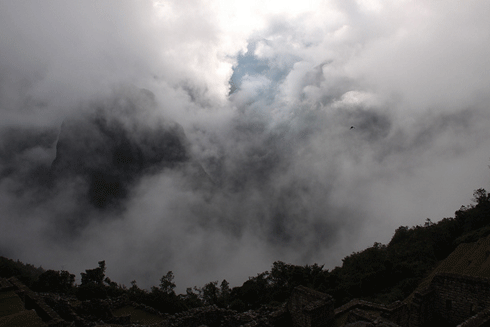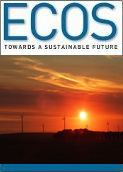
|
Published: 13 August 2012
Young engineers find ready-made solution to fog-harvesting
A parched inland village in Peru has a low-cost, low-technology water supply thanks to a simple ‘fog-harvesting’ system installed by two University of Sydney honours students.

|
|
Fog in Peru: while fog-harvesting has been in use here for some years, the two Australian students have helped poor villagers on the outskirts of Lima to construct low-cost collectors from local materials. Credit:
Eric Miraglia/flickr (Creative Commons CC BY-NC-SA 2.0 licence)
|
Catherine Goonan and Andrew Yeo have been undertaking a humanitarian-aid project ‘Water for Life Peru’ as part of their civil engineering honours degree.
The project, based in the shanty-township of La Rinconada De Pamplona Alta, on the outskirts of the capital Lima, is focused on educating and engaging locals in the construction of inexpensive fog-catching systems.
In Lima more than 1.3 million people have no access to drinking water. Many of the local residents are living below the poverty line and are not connected to the municipal water supply.
‘Their only option is to purchase water from water trucks that charge more than five times the price than that in the city,’ says Ms Goonan.
‘We found families living in these towns spending as much as seven per cent of their income on water and consequently using the resource very sparingly. This means that hygiene and sanitation is often sacrificed or very low on their list of priorities.
‘Until now fog-harvesting has been limited to wealthy areas. We aimed to adapt the technology in an affordable and sustainable way to the poorest settings where it’s most needed.
‘Fog-harvesting systems are a simple technology that allows the small water droplets in fog to collect on a mesh screen, grow heavier and trickle down the screen where they drip into a trough and are directed to a storage tank.’
Ms Goonan and Mr Yeo worked with a community team using only local materials to design and construct two prototype structures to test both the appropriateness of the location and the design of the fog collector.
Hoses in trenches extend from the fog catching site at the apex of the village hillside, down to its base and the township where the water will be measured and used.
‘These fog-catchers are easy to build and are assembled on site. The installation and connection of the collection panels is quick and simple and the assembly of the structures is not labour-intensive or difficult,’ says Mr Yeo.
‘The system is perfect for the town where finances and resources are extremely limited. No energy is needed to operate the system or transport the water. Maintenance and repair requirements are generally minimal.’
‘This simple technique could be life changing, freeing people from excessive water prices.’
Source: University of Sydney



